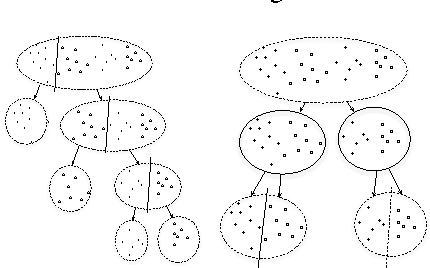Zhao Yi
3D Spectrum Mapping and Reconstruction under Multi-Radiation Source Scenarios
Mar 13, 2024Abstract:Spectrum map construction, which is crucial in cognitive radio (CR) system, visualizes the invisible space of the electromagnetic spectrum for spectrum-resource management and allocation. Traditional reconstruction methods are generally for two-dimensional (2D) spectrum map and driven by abundant sampling data. In this paper, we propose a data-model-knowledge-driven reconstruction scheme to construct the three-dimensional (3D) spectrum map under multi-radiation source scenarios. We firstly design a maximum and minimum path loss difference (MMPLD) clustering algorithm to detect the number of radiation sources in a 3D space. Then, we develop a joint location-power estimation method based on the heuristic population evolutionary optimization algorithm. Considering the variation of electromagnetic environment, we self-learn the path loss (PL) model based on the sampling data. Finally, the 3D spectrum is reconstructed according to the self-learned PL model and the extracted knowledge of radiation sources. Simulations show that the proposed 3D spectrum map reconstruction scheme not only has splendid adaptability to the environment, but also achieves high spectrum construction accuracy even when the sampling rate is very low.
Information Forests
Feb 07, 2012
Abstract:We describe Information Forests, an approach to classification that generalizes Random Forests by replacing the splitting criterion of non-leaf nodes from a discriminative one -- based on the entropy of the label distribution -- to a generative one -- based on maximizing the information divergence between the class-conditional distributions in the resulting partitions. The basic idea consists of deferring classification until a measure of "classification confidence" is sufficiently high, and instead breaking down the data so as to maximize this measure. In an alternative interpretation, Information Forests attempt to partition the data into subsets that are "as informative as possible" for the purpose of the task, which is to classify the data. Classification confidence, or informative content of the subsets, is quantified by the Information Divergence. Our approach relates to active learning, semi-supervised learning, mixed generative/discriminative learning.
 Add to Chrome
Add to Chrome Add to Firefox
Add to Firefox Add to Edge
Add to Edge